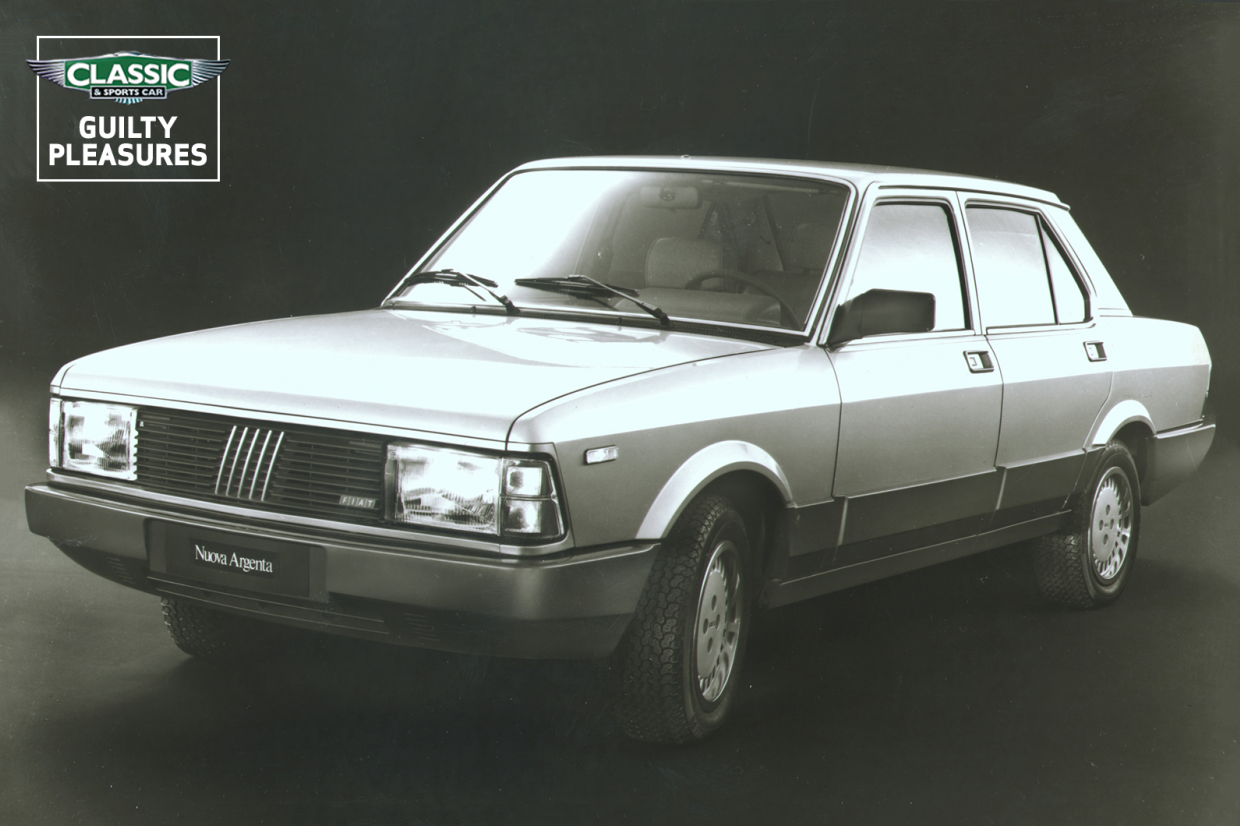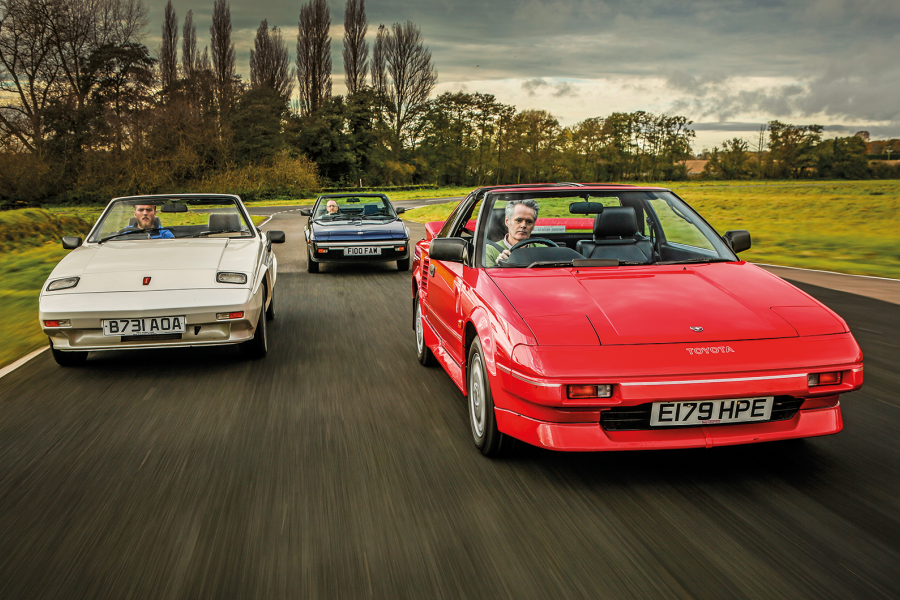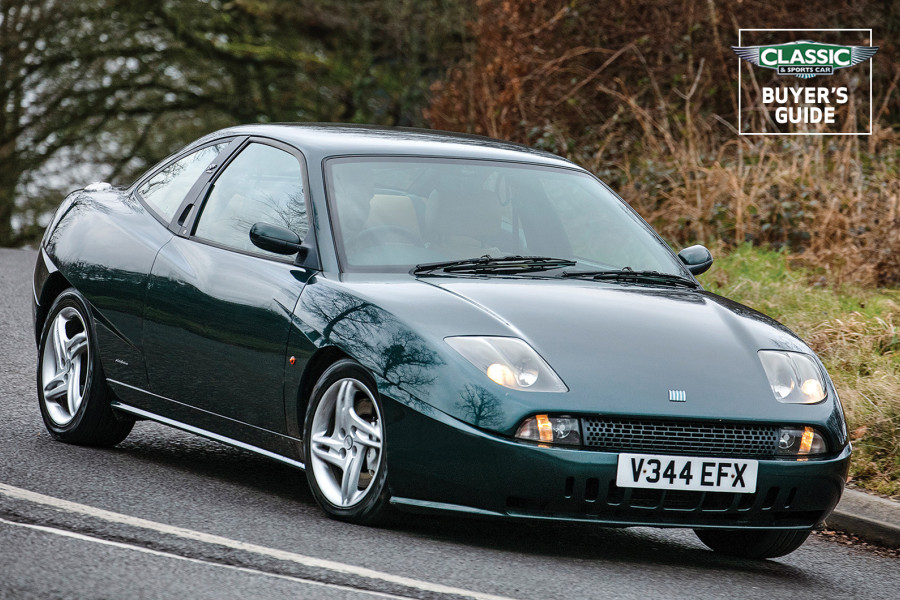
Being a lover of the orphans, misfits and pointless barges of the automotive world, the Argenta ticks more boxes than most for me.
Like the Fiat 132 it was based on, the 1981-’85 Argenta was a car that never lived up to the promise of its specification, which included a Lampredi twin-cam engine, a nifty five-speed gearbox and a well-located live rear-axle.
If the 132 was a vehicle that proved curiously immune to improvement – it had more facelifts than an ageing Hollywood star – the grim fascination of the Argenta, the final instalment of an essentially indifferent design, is understandable.
The very first 1972 132s were so widely knocked by the press for their stodgy handling that Fiat saw fit to have a mildly improved Mk2 version in the showrooms well within two years of the original launch.
Then, for 1977, there was a new 2-litre model which boasted yet another new dashboard, new grille and moulded bumpers – plus power-steering, electric front windows and Pirelli P6 tyres. The 1981 Argenta was therefore probably the car the 132 should have been in the beginning.
The fact that Fiat thought the concept of a three-box, rear-drive, live-axled ‘traditional’ saloon still had an audience in the early ’80s shows that buyers don’t always take much notice of what the press has to say.
The truth is that almost 1million 132s were sold, and it had quite a solid following in its home territory among traditional buyers.

The Argenta’s predecessor the 132 sold well, despite poor reviews






